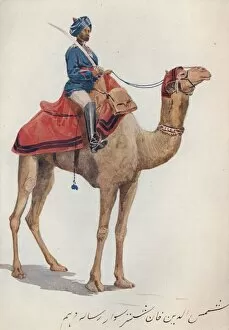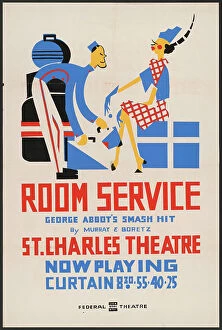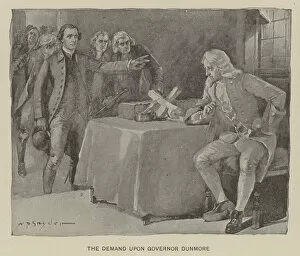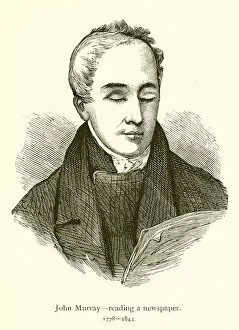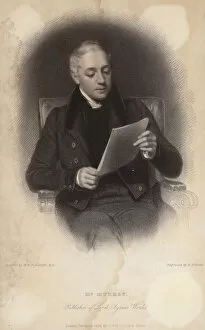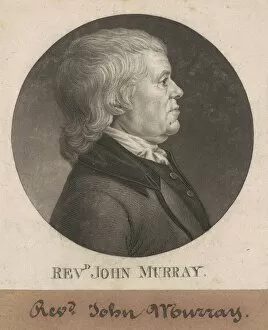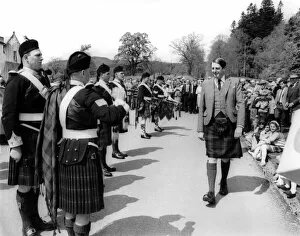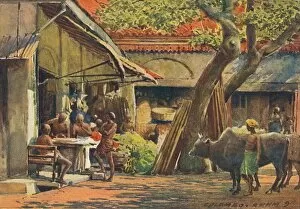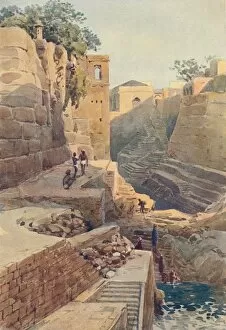John Murray Collection
John Murray was a man of many talents and interests
All Professionally Made to Order for Quick Shipping
John Murray was a man of many talents and interests. He was not only a publisher but also an artist, as seen in his works such as "The Man Sing Palace, Gwalior" and "The Mosque and Gate of Victory, Fatehpur Sikri. " His attention to detail and skillful brushstrokes are evident in these stunning pieces. Murray's artistic abilities extended beyond painting; he also captured the essence of historical figures through his engravings. One notable example is the portrait of himself reading a newspaper, showcasing his passion for knowledge and current events. Another engraving depicts him standing proudly outside his publishing house on Albemarle Street in 1852. In addition to being an artist, Murray had a keen interest in history. His study for "Patrons and Lovers of Art" reflects his fascination with the art world during the early 19th century. This oil on canvas piece showcases Murray's ability to capture both beauty and emotion within his subjects. Murray's diverse range of interests can be seen further through his depiction of military life in "A Camel-Sowar of the 10th Bengal Lancers. " This artwork highlights not only his artistic skills but also his appreciation for different cultures and traditions. One cannot forget Murray's contribution to preserving history through photography. The black-and-white photo captures him as a publisher, emphasizing his dedication to literature and sharing knowledge with others. Lastly, we must acknowledge John Murray's role as a creator rather than just an observer. The tombstone marking Itimad-ud-Daulah's final resting place stands as evidence that he left behind more than just art; he left behind a legacy that will forever be remembered.


